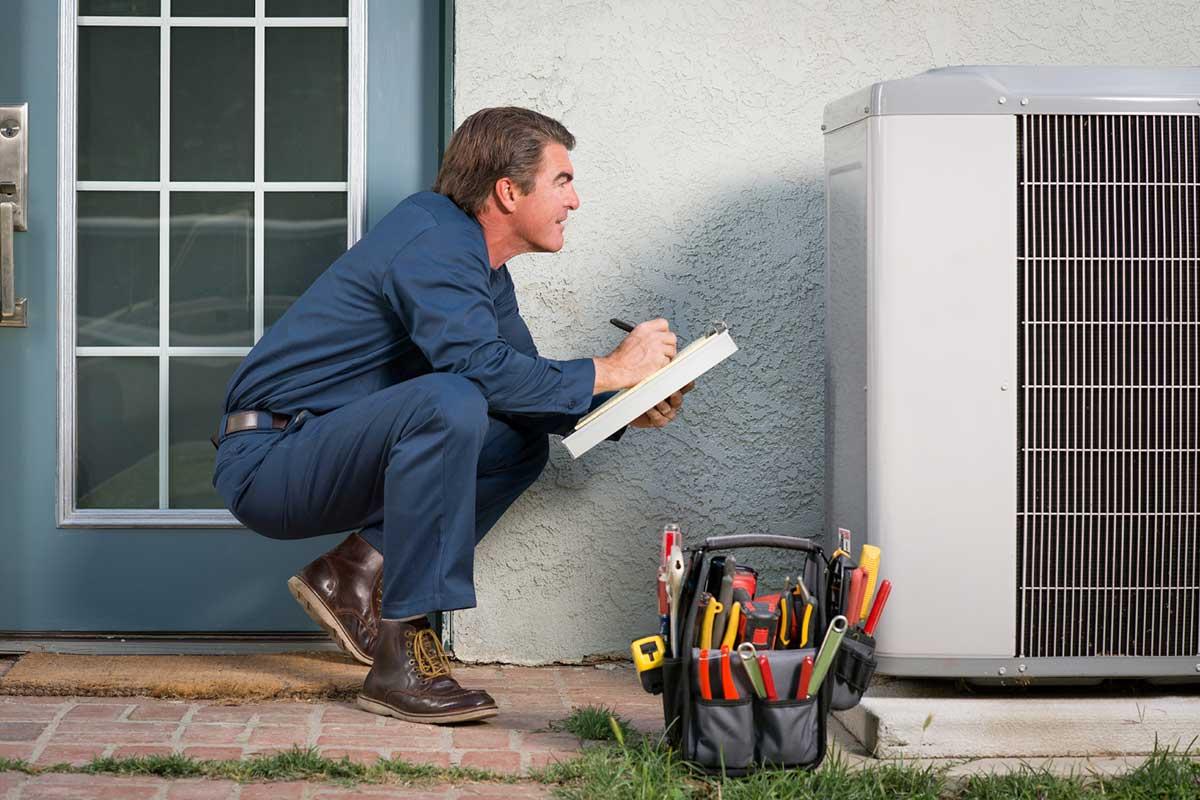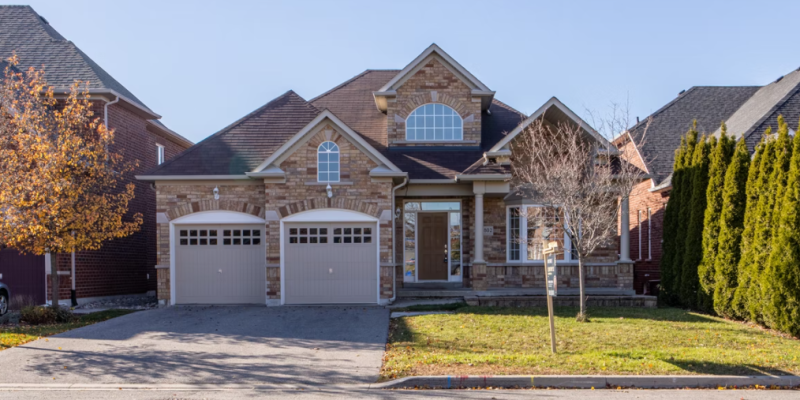Do you have continuous problems with your HVAC system? Here are some common mistakes that occur during installation and some easy ways to fix them!

Ideally, you never think about your heating and cooling systems; they should be there when you need them. However, too many homeowners continue to battle with their HVAC systems — they run too much or too little, they make too much noise, they continuously break down and more. If you have always suffered under HVAC struggles, your problem might be the result of improper installation. Read on to find out the most common installation mistakes that cost you money — and how to fix them fast.
Leaky Ducts
By area, ductwork is by far the largest component of your HVAC system. That means there is a lot of space for something to go wrong. The most common problem in ductwork is leaks — and this also happens to be the most common cause of wasted energy. That’s because your HVAC system has to work harder to push air of the right temperature into the corners of your home. Worse, leaks are difficult to detect, and the symptoms are different depending on where in the system the leak occurs.
Leaks on the supply side, or the side that pushes conditioned air into your home, are perhaps the easiest to understand. This leakage results in heated or cooled air blowing into spaces that don’t need it, like your attic, your basement or your yard. Not only are you paying extra to condition air going into spaces you don’t use, but your system must work even harder to bring your home to the correct temperature.
Meanwhile, leaks on the return side, or the side that sucks air into the HVAC, mean it’s time for heating repair and your HVAC is pulling more air from the attic than it is from your home. This doesn’t just impact the temperature of the air; it also builds up positive pressure, which pushes your conditioned air outside through gaps in windows and doors.
Fortunately, leaks are relatively easy to fix once they are discovered. If you rely on your HVAC year round, like residents of Washington D.C., you might want HVAC contractors to inspect your ductwork regularly to be certain you don’t have costly leaks.
Wrong Size
Obviously, if an HVAC system is too small for a home, it will need to work extra long and hard to maintain the right temperature, Whenever you add square footage to your home, you should ask an expert whether or not you need to upgrade your HVAC to accommodate the addition.
However, what many homeowners fail to realize is that HVACs can be too large, too. Most often, this happens when builders are rushing to finish a construction process and guess or improperly measure the home, but some contractors choose to install larger-than-necessary HVAC units or ducts to squeeze extra money out of homeowners or to attract homebuyers who don’t understand the difference. The larger an HVAC system, the more energy it will pull, meaning you will be paying more for heating and cooling than you need to. It is possible to downsize to a smaller system, especially if your HVAC is brand-new.
Poor Flow
Energy Star, the program that measures the efficiency of buildings, systems and appliances, states that without the perfect amount of airflow, no HVAC system will function effectively. Unfortunately, as with the size of an HVAC system, the ideal amount of airflow depends on the size and layout of your house. The main symptom of poor airflow are rooms of noticeably differing temperatures, especially when doors and dampers are wide-open and window coverings are shut. However, you can also purchase an air flow meter to better understand how air is moving around your home.
The best solution is, once again, to hire a professional, who will balance your air flow by calculating how much air each room needs and modifying your HVAC system appropriately. However, you can make small adjustments to air flow by adjusting dampers in rooms with too much air flow and using branch dampers inside your ductwork. However, going into your ducts does introduce the possibility of creating leaks, so professional service is strongly advised.
Improper Charge
No, you don’t need to charge your HVAC the way you charge your phone — but you do need to charge the refrigerant inside your air conditioner. Charge is used to describe the type and mass of refrigerant; over time, your HVAC will likely lose some amount of its charge, and in doing so, it loses efficiency in operation. However, it’s possible that when your A/C unit was installed, it was never properly charged Again, the right charge for your system depends on many factors, so it’s best to speak to an expert about what type of refrigerant your HVAC uses, what the charge should be and how to check it.
Since it is such a significant part of your home, you should spare few expenses to keep your HVAC up and running properly. To reduce inefficiency and enjoy the right interior temperature at all times, call an HVAC professional today.







